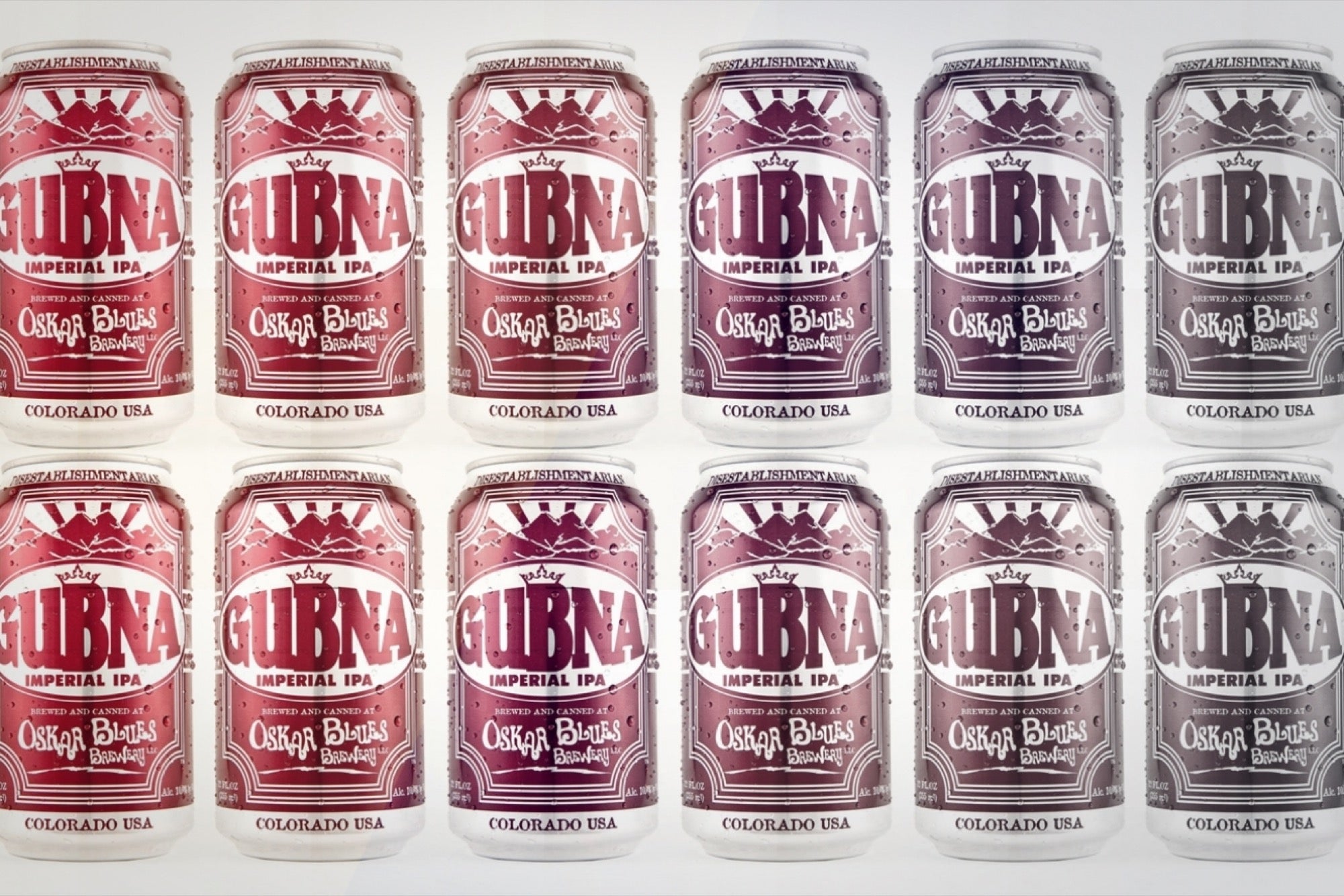6 Ways a Sub-Optimized B2B Brand Costs You Money Are you bleeding money by promoting a sub-optimized brand? Here's what to look for.
By Chris Wirthwein •

Opinions expressed by Entrepreneur contributors are their own.

Close your eyes and think of three powerful brands. Chances are good that a global internet firm, a computer manufacturer and a soft drink maker come to mind. Or perhaps you're thinking of a sports-apparel icon or a food conglomerate. All have distinctive logos; some have slogans you've memorized; most have market caps that lead their industries.
Related: To Stand Out From the Competition, You Need to Offer Distinct Emotional Benefits
These are the companies that dominate the media -- and frequently our minds. Yet, even as such strong, efficient and highly optimized brands command our attention, weak or sub-optimized brands may exert just the opposite effect -- as in no effect at all.
Worse, sub-optimal b2b brands may inflict costs on a company. Is yours one of these? Let's examine the problem more closely.
Valuable experiences build powerful brands.
What common bond do powerful brands share? Regardless of the product or service offered, a powerful brand delivers an experience that is valuable to its customers. Indeed, effective brands manage to simultaneously convey consistency, credibility, desirability, uniqueness and "do-ability." (I refer to these qualities as the Five Foundations.)
Effective brands embrace people equally, both inside the company and out in the marketplace. Sure, the bottom line is the obvious cost of an under-performing brand. But there are six hidden costs as well that short-change the company:
1. Prospective customers don't understand why they should do business with the company, so they don't buy.
And converting them to buyers consumes additional time and resources. In the end, this chips away at the company's ROI. The end result is that the company's fixed costs are spread across a customer base much smaller than that of an optimized true "universe" of customers.
2. The organization develops products and offerings that fall short of their potential.
Developing and bringing a new product to market requires investments in areas such as R&D and marketing. When companies develop products and services that their customers don't want (want = willingness to pay), unrealized sales and profits put a drain on the company. In the worst-case scenario, development costs may not even be recouped. In such instances, the cost of creating unwanted products and services generates a negative ROI.
Related: How to Define Your Brand as a Leader
3. Employees leave after they figure out what the company brand is about.
At some point, every company has attracted the wrong people, only to see them quickly depart. The company's investment in on-boarding, training and employing these people is then lost. Worse, for a shortened duration, the company must spend more money to find a replacement -- leading to a 100 percent cost/zero return.
One solution is to tell potential employees more about the company and the brand up-front. When existing employees know what the company brand is and what it stands for, they are less likely to leave, and the company is less likely to incur the high costs of hiring and retraining. Best of all, job candidates who don't align with the brand will be less likely to join the company to begin with.
4. The company "spends" margins to get customers it doesn't have to -- often through discounting.
Frequent or casual discounting may contribute to lost respect and trust among customers who question how much the pre-discount prices were inflated in the first place. Also, establishing a price that is too low carries risks such as the implication of high risk and low quality. With a too-low price, it's hard to credibly own the "power positions" of reliability, quality and innovation. People expect what they pay for.
5. The message doesn't connect, so the company spends even more money on marketing.
I call this the "hammer" approach. When potential buyers don't see the product's value, companies implement "blunt force marketing" that is often overpowering and unfocused. In lieu of the hammer (and the vast dollars this requires), companies would be better served to employ a "wedge" approach which focuses the brand message on the criteria that matter most to customers.
6. Sometimes companies do things customers don't expect or like.
And sometimes these actions are negative enough to prompt the customer to leave, ending the customer's lifetime value to the company. Customers never want or expect negative surprises. When such surprises happen, perceived performance goes down, expectations fail to be met and satisfaction lags. It's an unwritten marketing law: satisfaction = performance – expectations.
So, these are some of the ways a sub-optimized brand costs a company money. But there's hope: It is possible to turn a brand around. Are you ready to take the necessary steps?
Related: 5 Ways to Maximize a Branding Tool You Are Already Using Every Day











